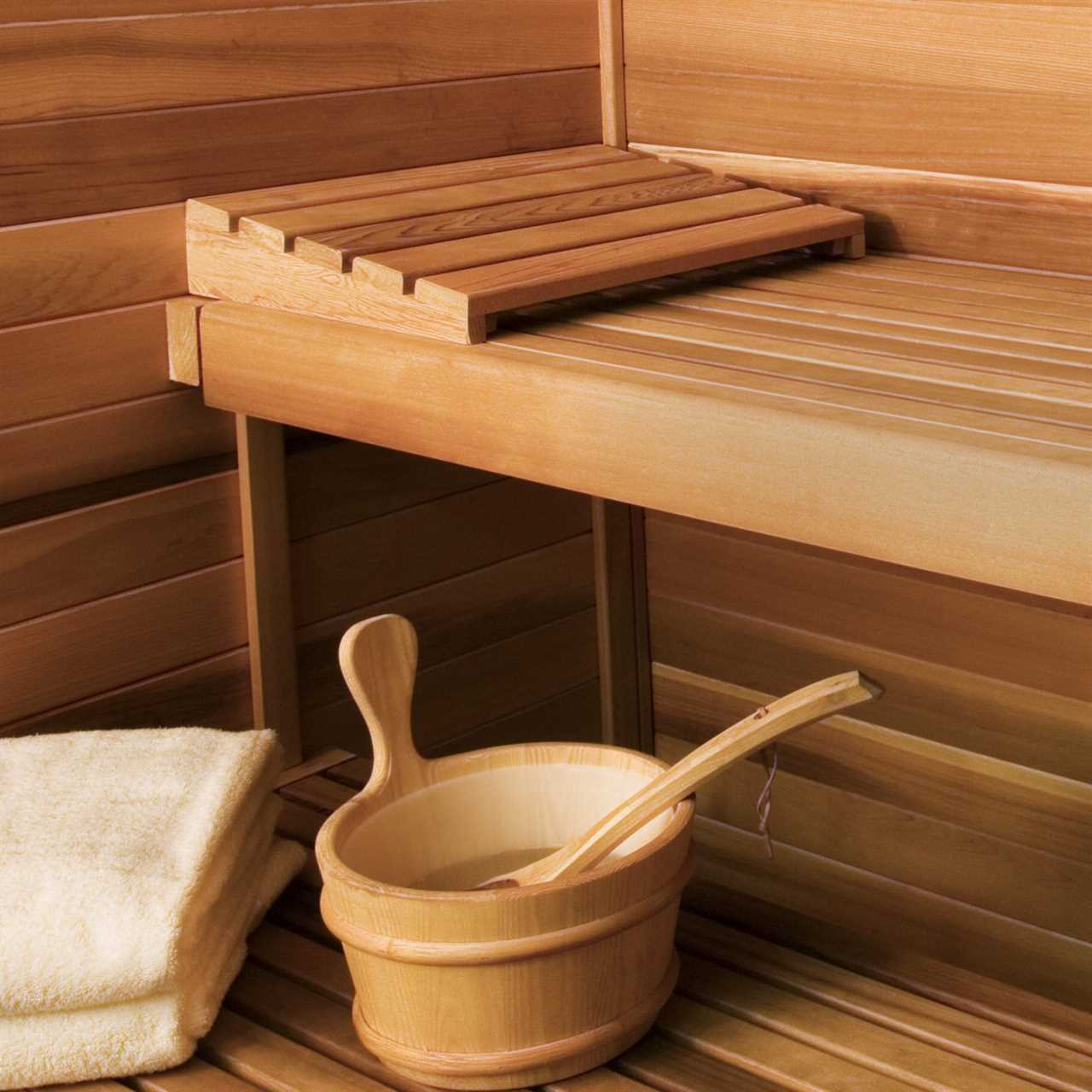Most people think of Finland when they think of saunas. After all, the word “sauna” is Finnish. But lots of evidence suggests saunas have been in use in other parts of the world for at least 2,000 years.
The original saunas were refuges from the cold, little more than holes in the ground with burning fires or piles of hot rocks. They served as gathering places with ceremonial and religious significance, much like First Nation sweat lodges in North America.
Today, the health benefits of saunas are well known. The heat promotes perspiration, which cleanses the skin and releases toxins. It also relaxes stiff muscles and generally promotes a feeling of well-being.
In the late 19th century, John Harvey Kellogg invented an electric sauna that generated heat with light bulbs, displaying it at the 1893 Chicago World’s Fair. In 1938 came a sauna with a stove and a resistive heating element. People no longer had to build a fire to enjoy the benefits of saunas, making them accessible worldwide.
A Japanese doctor introduced heat through infrared lighting in the late 1970s. Today, infrared saunas are as commonplace as resistive heat saunas. But, of course, plenty of people still prefer wood-fired saunas.
What Is a Dry Sauna?
Think of the classic sauna — a small cedar-lined room with bench seating for four or more, and a central heater. But these days, it isn’t the only kind of dry sauna available. Infrared saunas offer smaller versions of the classic design, accommodating one or two people. Or they can be insulated boxes or pods for a single person.
In a dry sauna, no moisture is added to the air and the relative humidity stays low, typically between 10 and 20 percent.
What Is a Wet Sauna?

A sauna with high humidity. Also known as a Turkish sauna, it resembles a classic sauna — a multi-person room lined with cedar, filled with benches built around a central stove. Hot rocks cover the top of the stove. Users pour the water from a bucket on the rocks, generating steam that circulates throughout the room.
A wet sauna is not a steam bath. In the latter, an electric generator creates the steam, and there’s much more of it than in a wet sauna — so much it can be hard to see the walls.
The Differences Between Dry Saunas and Wet Saunas
Humidity is the biggest difference. The low humidity in a dry sauna makes it feel like sitting under the hot sun in a desert. The high humidity in wet sauna is more akin to sitting in a tropical rainforest in the middle of the day.
Both types promote perspiration. But high humidity prevents the perspiration from evaporating, so it tends to drip off your body, just like on a hot, humid summer day. You still sweat in a dry sauna, but perspiration evaporates readily because of the low humidity. After staying in the heat for several minutes, you’ll see sweat collecting on your body.
Another difference is the rate of heating. When the heating element reaches its operating temperature in a dry sauna, it takes a few minutes for the heat to circulate. However, when you pour water on the rocks in a wet sauna, the steam circulates almost instantaneously. That blast of steam heat attracts many people to wet saunas.
Which Sauna Is Better for You?
It’s largely a matter of personal preference because the heat is good for you no matter the humidity. Some benefits include enhanced cardiovascular and lung function, detoxification and a soothing effect on aching joints and muscles. Saunas may help users sleep better and feel more energized during the day.
Although you might feel hotter in a wet sauna, that’s usually due to your sweat and the moisture in the air. The temperature in a wet sauna is typically only around 120 degrees, compared to 160 or more in a dry sauna. The low humidity lets the heat sink deeper into the body, increasing the health benefits.
If you’re attracted to saunas for their health benefits, you’re probably better off with a dry one. If you just like to bask for long periods in luxurious humidity, then a wet sauna is for you.
Did you miss our previous article...
https://rsssuperfeeds.com/life-hacks/customers-love-this-camping-chair-with-a-backpack-and-cooler-built-in






